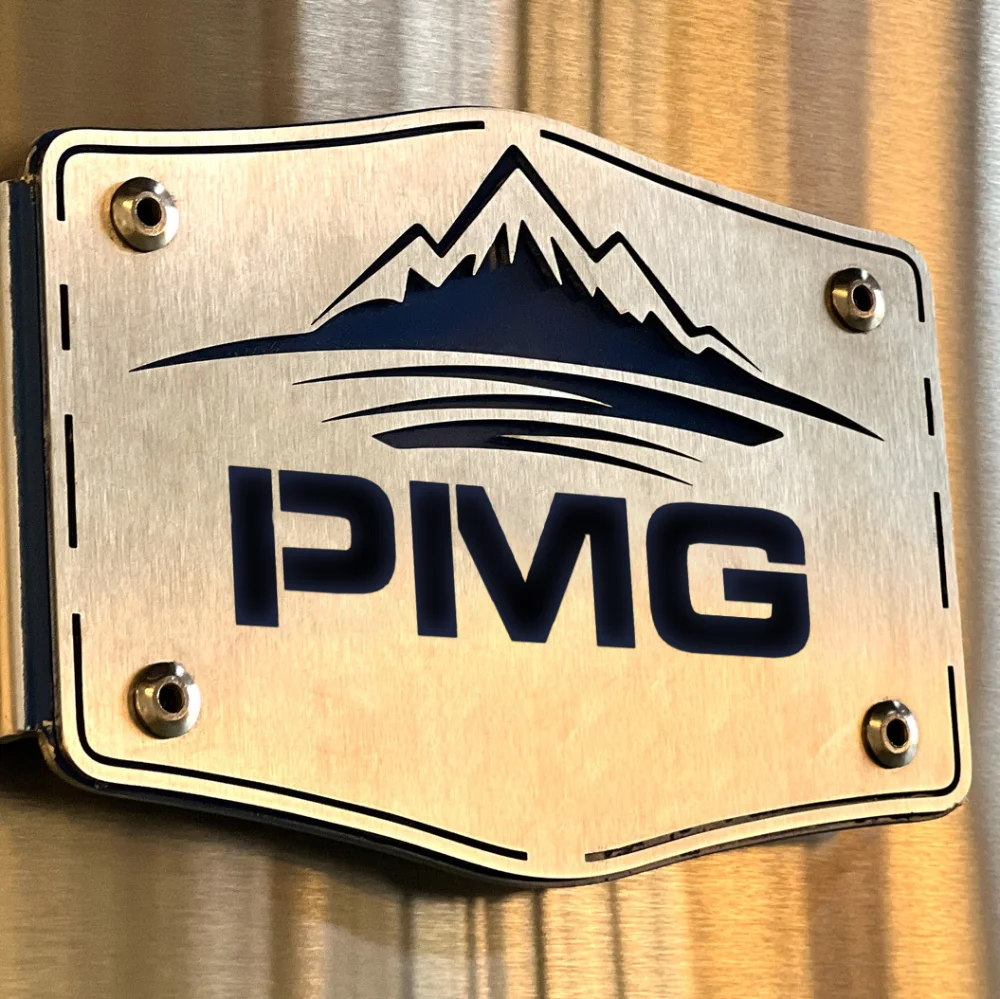What is Vorlauf?
Following mash-out, it signifies the preparatory phase before the boil, accomplishing two critical objectives: priming the grain bed for sparging and clarifying the wort. The purpose of the vorlauf is to remove the particles of grain that remain under the false bottom in the mash tun. If the particles were transferred into the boil, they could cause unpleasant flavours in the finished beer. Brewers continue to vorlauf until the recirculating wort runs clear.
The debate among brewers regarding the necessity of vorlauf persists, with compelling arguments on both sides. However, in my perspective, the benefits of vorlauf outweigh the reservations. Delving deeper into its mechanics sheds light on its importance in the brewing process.
Why is setting the grain bed crucial when modern brewing setups typically feature false bottoms and sieves? Neglecting vorlauf can lead to grains dislodging and obstructing the drainpipe, resulting in a brewing catastrophe. The importance of a stable grain bed becomes apparent, acting as a filtration mechanism during sparging and contributing to wort clarity.
Ensuring wort clarity is paramount, not merely for aesthetic reasons but also to prevent grain introduction into the boil. Elevated temperatures above 77°C trigger the release of tannins from grains, imparting undesirable astringency and haze to the beer. While remedies like Irish moss exist, clarity starts with a well-set grain bed.
Practicality is key in executing vorlauf. A simple setup involving a sieve — be it a colander, stainless-steel vegetable steamer basket, or perforated foil — positioned above the grain bed suffices. Carefully collecting the cloudy wort in a clean pitcher, pouring it over the sieve gradually, aids in setting the grain bed effectively. Rushing this step would undermine its purpose.
While some brewers advocate for vorlauf until the wort achieves crystal clarity, it's not imperative. The primary objective remains clearing the wort of grains, a task achievable within 10-20 minutes. Any residual cloudiness can be addressed later using kettle finings or cold crashing.
Once satisfied with the wort's appearance, the transition to sparging can commence, marking the culmination of the vorlauf process.


